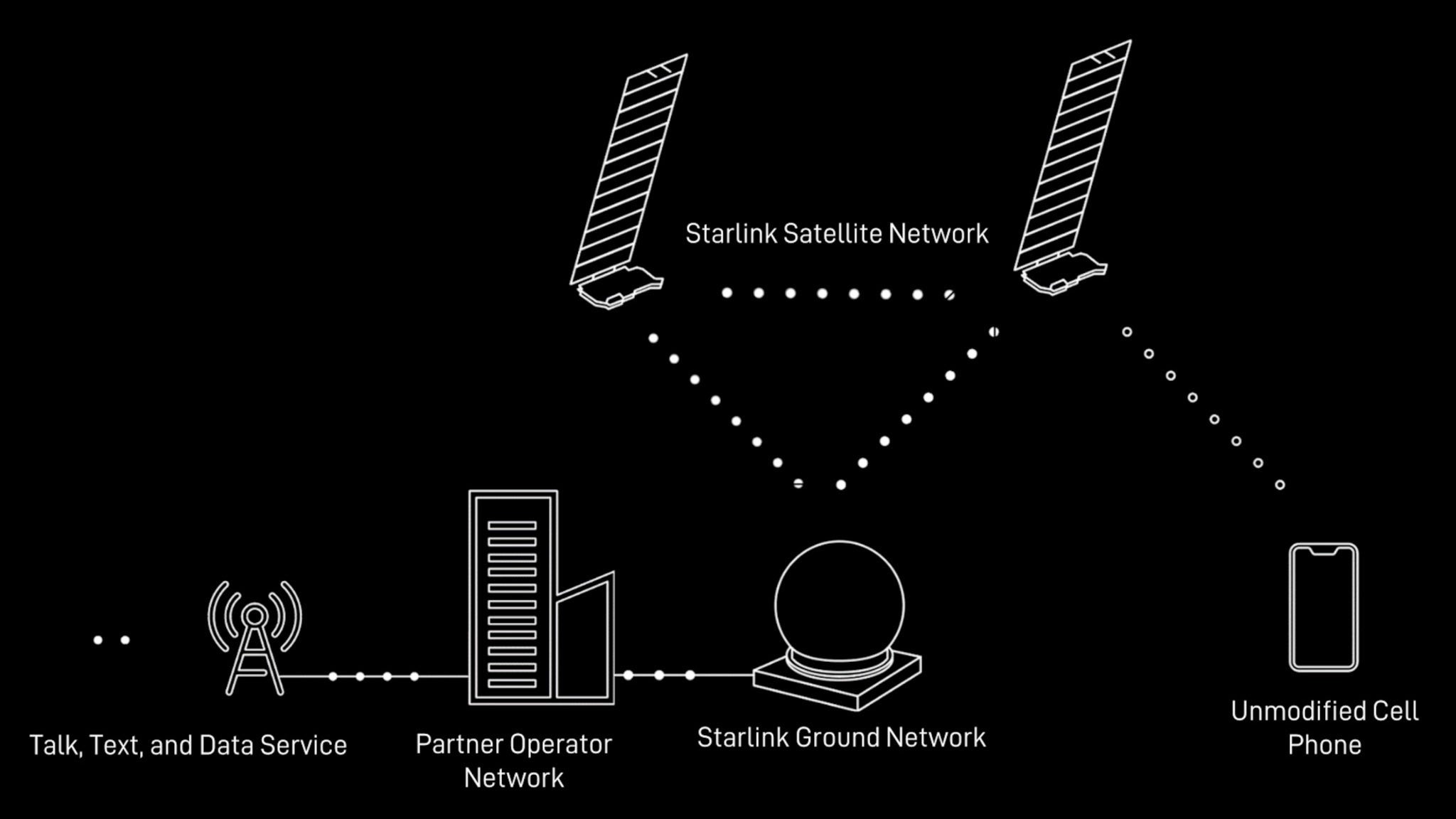Don't get your Pixel 9 and Galaxy S25 satellite hopes high unless on T-Mobile
We may earn a commission if you make a purchase from the links on this page.

Expected Google Pixel 9 Pro (OnLeaks) and Samsung Galaxy S25 designs | Image credit – PhoneArena
Also read:
Google Pixel, Samsung Galaxy, and the emergency text
While Android 15 supports satellite connectivity, the abilities of the system are rather rudimentary for anything beyond what the iPhone 15 and its own such option already offers. One can send emergency alerts in the form of a short text message from areas not covered by a carrier signal, and that's about it. Granted, this might be a lifesaver in more situations than one, but the vaunted satellite connectivity is with a very limited bandwidth and capabilities for now.
Apple uses the n53 satellite connectivity band of Globalstar as a partner for the Emergency SOS service that works on iPhones without cellular coverage, and it remains to be seen whose service will Google or Samsung sign up their phones for.

SpaceX offers satellites that can serve as cell phone towers in space | Image credit – SpaceX
Apple fronted Globalstar millions for new satellites as the iPhone's emergency messaging service was hogging a large part of its network, too, so Google and Samsung may go with a larger, more established player, or rely on direct-to-cell service providers like SpaceX.
When Qualcomm partnered with Iridium for the Snapdragon Satellite service on its own chipsets last year, however, the deal quickly fell apart despite that Qualcomm demonstrated the service for us at last year's MWC and said it is in talks with many partners among major phone makers.

Phone maker, however, went with standards-based, rather than chipset-based satellite solution. On iPhones, it can be used for emergency SOS messages which can be sent in less than 15 seconds if you have clear skies when you are out in the boondocks completely off the grid and away from any cellular connectivity.
Google, will seemingly only support what Apple now offers, messaging of emergency services. Buried in Android 15 beta 4 code, strings referring to a Pixel Satellite SOS feature say "to use Satellite SOS, Google Messages must be your default SMS app. Satellite SOS is included at no charge for 2 years," or exactly what Apple's Emergency SOS via satellite service offers, too.
As for Samsung, for now it's known to be working towards enabling satellite connectivity on its phones, just as its Exynos 5400 modem will make that possible on the Pixel 9. Whether it will ink separate deals with satellite companies, or rely on Google's solution remains to be seen, but its own code strings are also referring to messaging only.
T-Mobile and Starlink
Perhaps the biggest hint where cell phone satellite connectivity is heading will come when T-Mobile's tie-up with the world's largest satellite Internet provider Starlink becomes operational in the fall.
Back in 2022, Elon Musk's SpaceX announced a partnership with T-Mobile to provide direct-to-cell services in underserved areas via dedicated satellites. Well, SpaceX has now sent more than a 100 such Starlink satellites into orbit, and T-Mobile is preparing to launch its service in the September-November period.
This will coincide with the Pixel 9 and iPhone 16 series launch and, perhaps, with the Galaxy Z Fold 6 Slim release as well. On T-Mobile and other Starlink carrier partners like Roger in Canada, those phones can seemingly count on much more expansive satellite connectivity features than what's currently available.
The Direct to Cell network will expand Starlink’s vision by providing ubiquitous connectivity and seamless access to text, voice, and data for LTE phones and devices across the globe.
SpaceX, 2024
The Starlink team then adds that full-on text messaging sessions will be available this year, while voice, data, and Internet of Things (IoT) connectivity will be added to the mix in 2025.
Since then, however, Starlink has demonstrated the first tweet sent from space satellite acting as a cell phone tower, while Elon Musk even bragged with data download speeds to a regular unmodified phone that would allow video streaming.
The SpaceX team just completed the first post on X from a phone to one of our Direct to Cell satellites!
— Ben Longmier (@longmier) February 26, 2024
This was the tree cover in a small valley in the Santa Cruz Mountains earlier in the day when we were exchanging some DMs on X. https://t.co/KFl1fZ9pvHpic.twitter.com/pzveDbSn8P
The testing screenshot of the SpaceX direct-to-cell service here shows speeds four time larger than what was initially announced during the event about the partnership with T-Mobile and the coverage of its dead network spaces.
SpaceX just achieved peak download speed of 17Mb/s from satellite direct to unmodified Samsung Android phone pic.twitter.com/JqPHmkriv0
— Elon Musk (@elonmusk) March 2, 2024
Elon Musk was quick to point out that "this is the current peak speed per beam and the beams are large, so this system is only effective where there is no existing cellular service." When other users are in those "dead" network spaces at the same time, however, the direct-to-cell service speeds will have to be distributed. SpaceX says it will keep launching satellites to expand the capabilities to voice calls and data usage, though.
In the end, even though both Verizon and AT&T have inked up similar direct-to-cell deals with other providers, T-Mobile's partnership with Starlink may put it ahead in direct satellite connectivity services for its subscribers, just as it happened with its 5G network buildout.










Things that are NOT allowed: